Cinco de Mayo in Austin was long synonymous with conjunto music legend Johnny Degollado
As an American holiday, Cinco de Mayo can often feel inexact.
Bandleader and accordionist Johnny Degollado long ensured that this wasn’t the case in Austin, that the day had its own character, its own sound: conjunto music.
From the early 1990s until 2019, Degollado organized the region’s largest conjunto festival on the May 5 weekend (2019 marked the last in-person festival before the COVID-19 pandemic). Thousands attended for the acts and the dance competition. The accordions hummed and the guitars skipped and the basses thumped. It was a concerted effort to promote and preserve conjunto music for Degollado, the Montopolis native and arguably one of Austin's most influential artists in the genre. Now, at 89, Degollado said he feels at ease knowing he created a space for the music he loved.
“The best conjunto festival in Texas,” Degollado said. “For 30 years.”
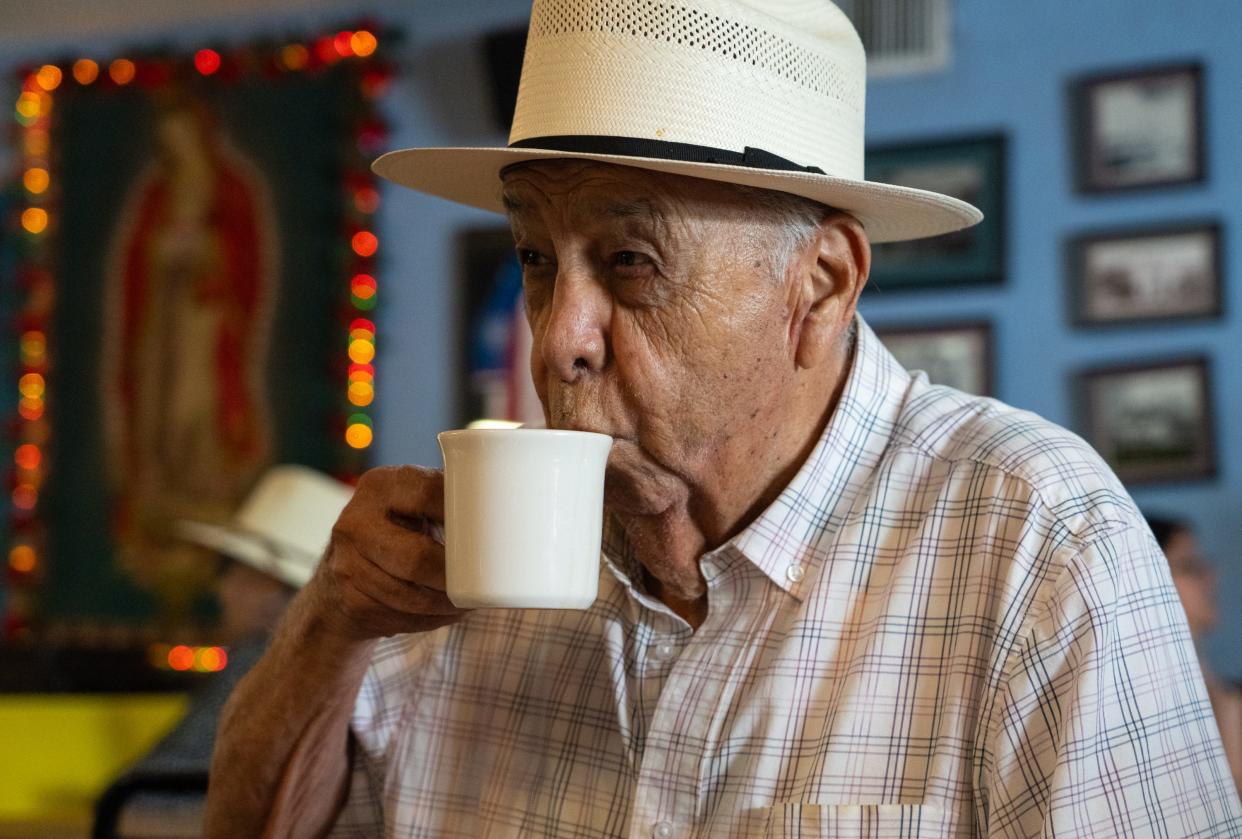
The festival as fight
Cinco de Mayo’s long history in Austin traces back at least to the East Side’s Comités Patrióticos, committees of Mexican community leaders who organized public works, like Parque Zaragoza, and cultural events, like the celebrations of Mexican holidays, in the early 20th century.
As in other parts of the United States, the celebration of Cinco de Mayo expanded past the commemoration of the Mexican military’s 1862 victory over the French army at Puebla. It was a reason to gather and a reason for cultural expression, though the holiday's inexactness has historically allowed Mexican Americans and other Americans to loosely apply their own traditions.
Degollado joined the city’s May 5 celebrations when then-Fiesta Austin organizer Buster Capuchino invited him to host a conjunto concert on Sundays, the weekend festival’s slowest days. Degollado reverted the trend, and his festival became a yearly occurrence.
Degollado’s large phone book helped him. He brought in foundational conjunto artists Valerio Longoria and Isidro “El Indio” López, stars like brothers Flaco Jiménez and Santiago Jiménez Jr., and youth favorites like Jaime y los Chamacos.
“Everybody respected him and they liked him,” said Mexic-Arte Museum Executive Director Sylvia Orozco, who helped Degollado write city grants for the festival. “When Johnny called, they would listen. They wanted to help.”
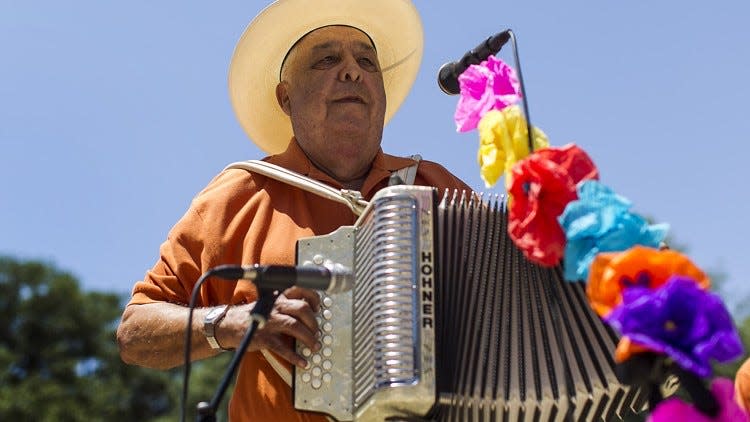
As markets singularized and the influence of Mexican music grew ever stronger, Degollado saw his festival as a way to showcase the distinctively Texan genre. He booked Texan artists. He wanted to show conjunto’s distinct arc from Mexico’s norteño styles. Norteño might have been born from conjunto’s simple accordion-bajo sexto arrangement, but it has long threatened the Texan genre’s relevance.
“We don't want music from Mexico getting here," he told a surprised Austin Chronicle reporter six years ago.
Baldomero Cuellar, the founder of Austin conjunto organization Rancho Alegre, said Degollado’s fight was often to ensure that the conjunto tradition was not whitewashed in the popular imagination as “Mexican” music. He compared losing the cultural distinction between conjunto and norteño to confounding blues with rock.
“When people say, ‘We like your Mexican music,’ he’s going to snap back,” Cuellar said, “because this is Texan music.”
Degollado said he is proud his conjunto reached large numbers through the Cinco de Mayo festival, including a new generation who found conjunto at an early age because the event was open to all ages.
Accessibility was key to Degollado. In the early 2000s, he worked with Austin City Council Member Raul Alvarez to add a shade over the festival stage at Fiesta Gardens in East Austin. The green metal structure is today known as Johnny Degollado Pavilion.
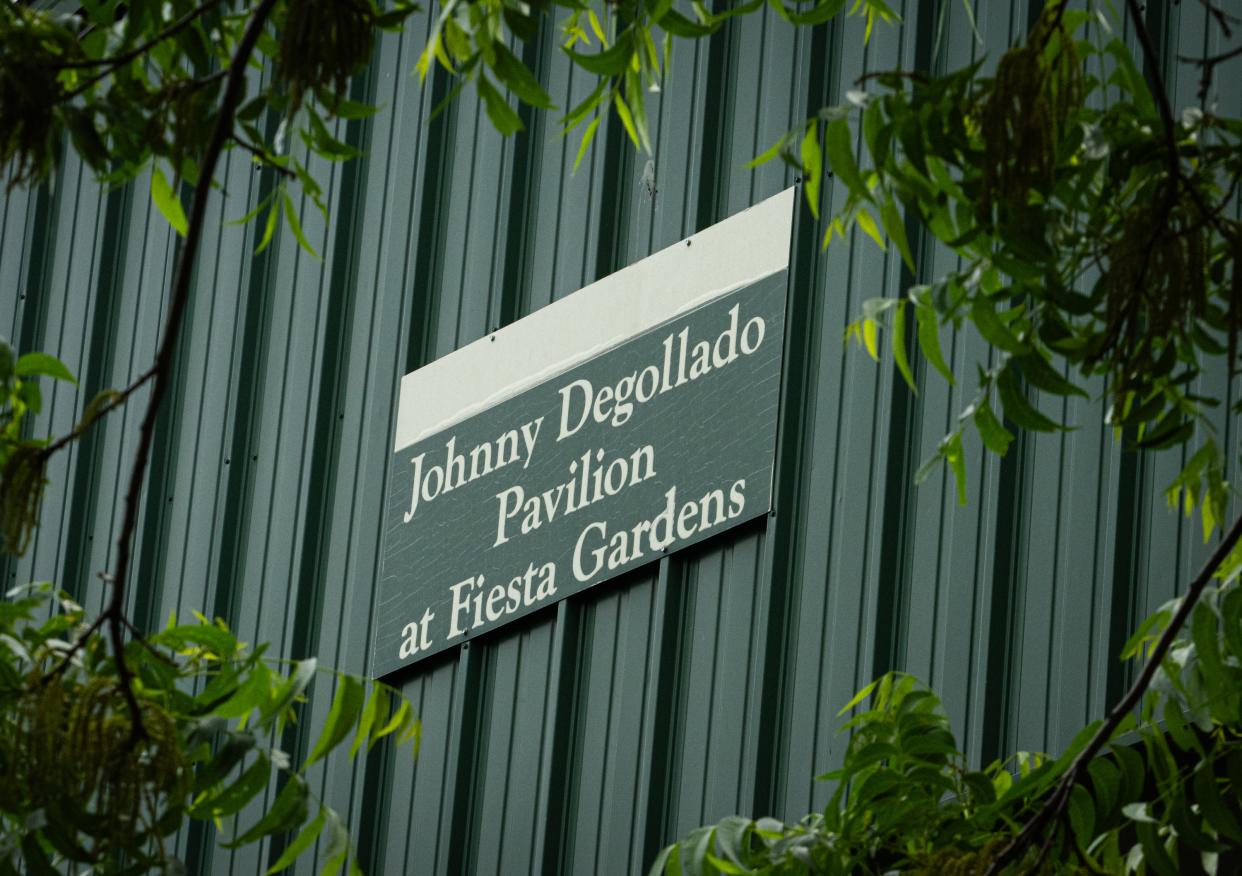
The Montopolis Kid
As a teen in the late 1940s and early 1950s, Degollado took his accordion with him when his family — Degollado’s parents and their four children — left their Montopolis home in late summer to pick cotton. The family traveled up to Littlefield or down to Robstown and Harlingen.
Town by town, “you’d find out that there’d be a guitarist a mile away. You’d go find him,” Degollado said. If the two meshed, they played the work camp dances and weddings on Saturday nights. Sometimes they brought in a bass player or a drummer.
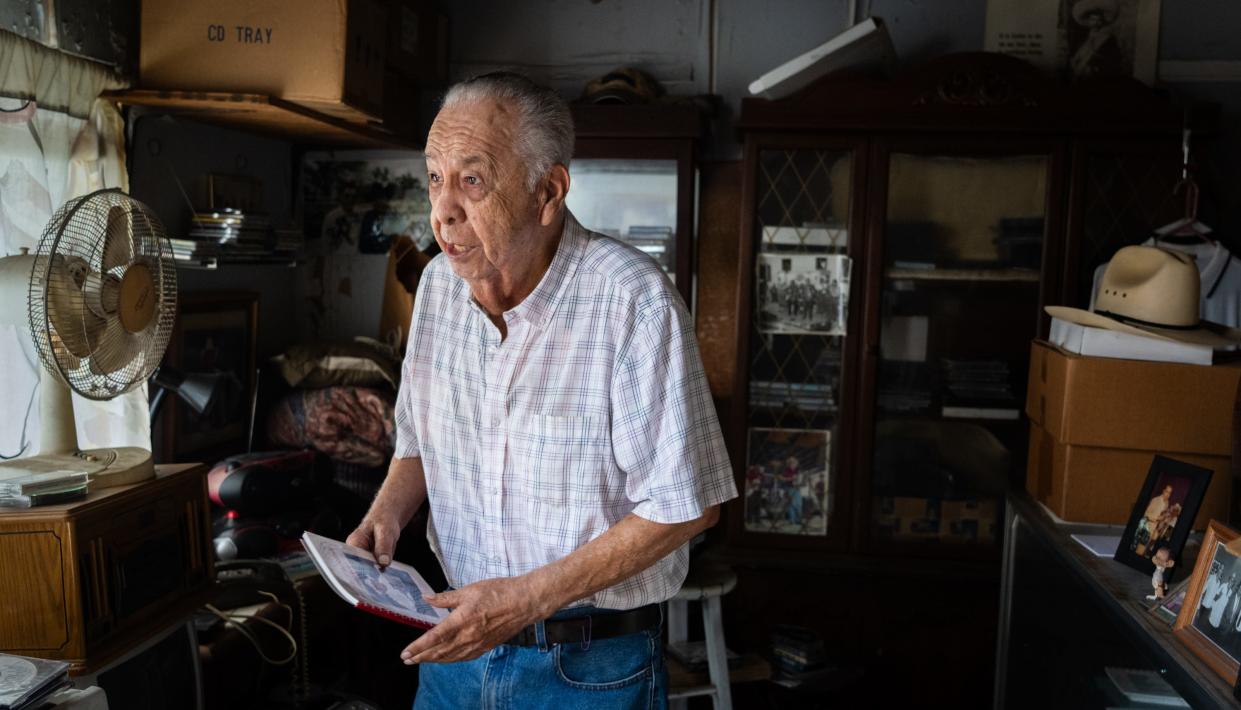
The improvisational gigs kept until the family returned to Austin around Christmastime. Degollado’s neighbors, many of whom also worked the fields, often brought back the money to buy a car. Degollado carried back the inspiration of audiences and romances.
Some of conjunto’s proponents, like Cuellar, hold that conjunto represents the most organically working class of Tejano’s genres. Unlike the Mexican American big band style known as orquesta, whose large brass section Cuellar said required the large stages of cities, conjunto has only the transportable accordion and bajo sexto at its core.
Degollado said he can’t say exactly what bound his heart so firmly to conjunto.
He believes it was born of his father’s love for the genre and a youth full of trips to Del Valle’s “la polquita” venue, where he witnessed Austin’s first great conjunto accordionist Camilo Cantú. He knows it was strengthened by the days spent learning how to sing with his boyhood friend Vicente Alonzo. (Alonzo would play the bajo sexto alongside Degollado until his death in 2020.) Seven decades of a career where he earned the nickname "The Montopolis Kid" playing “four or five nights a week” seeped the bond with conjunto further into him.
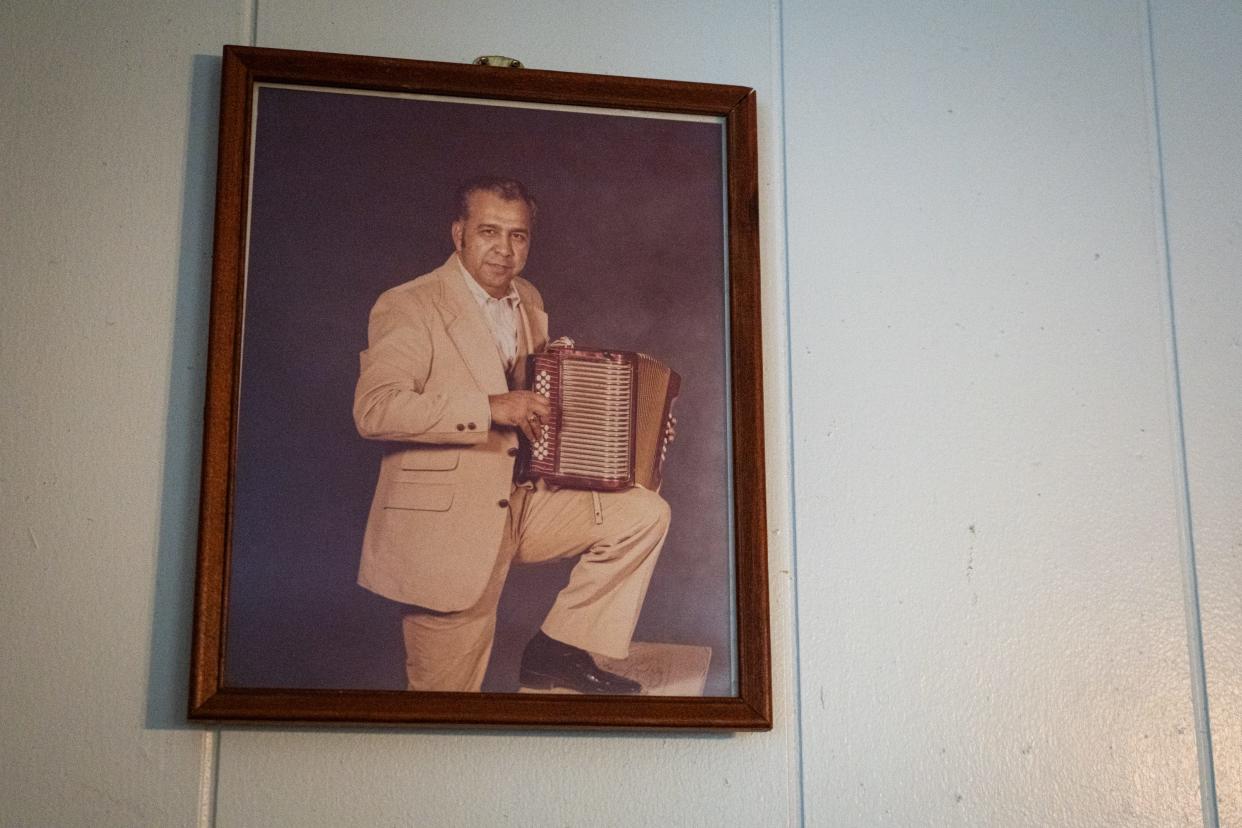
‘I want you to do what I couldn’t’
As a prolific songwriter, Degollado’s music has reached many through the mouths of others. Los Hometown Boyz made Degollado’s hit, “El Pintor,” an even bigger hit. Ramon Ayala, Jaime y los Chamacos and Santiago Jiménez Jr. also recorded his songs.
The songs are simple and short. They are mostly about love and infatuation, about wives, waitresses and Montopolis.
Degollado played his last show three years ago at the Our Lady of Guadalupe Catholic Church jamaica. He felt dizzy and exhausted. He lost balance and began to faint.
“You’re going to drop dead,” he recalled one of his daughters telling him afterward. “No more playing.”
Since then, he’s distributed his six best accordions to six of his children, keeping only a worn burgundy Hohner that leaks air from its bellows. He said he plays when a friend requests it, but that mostly he rests.
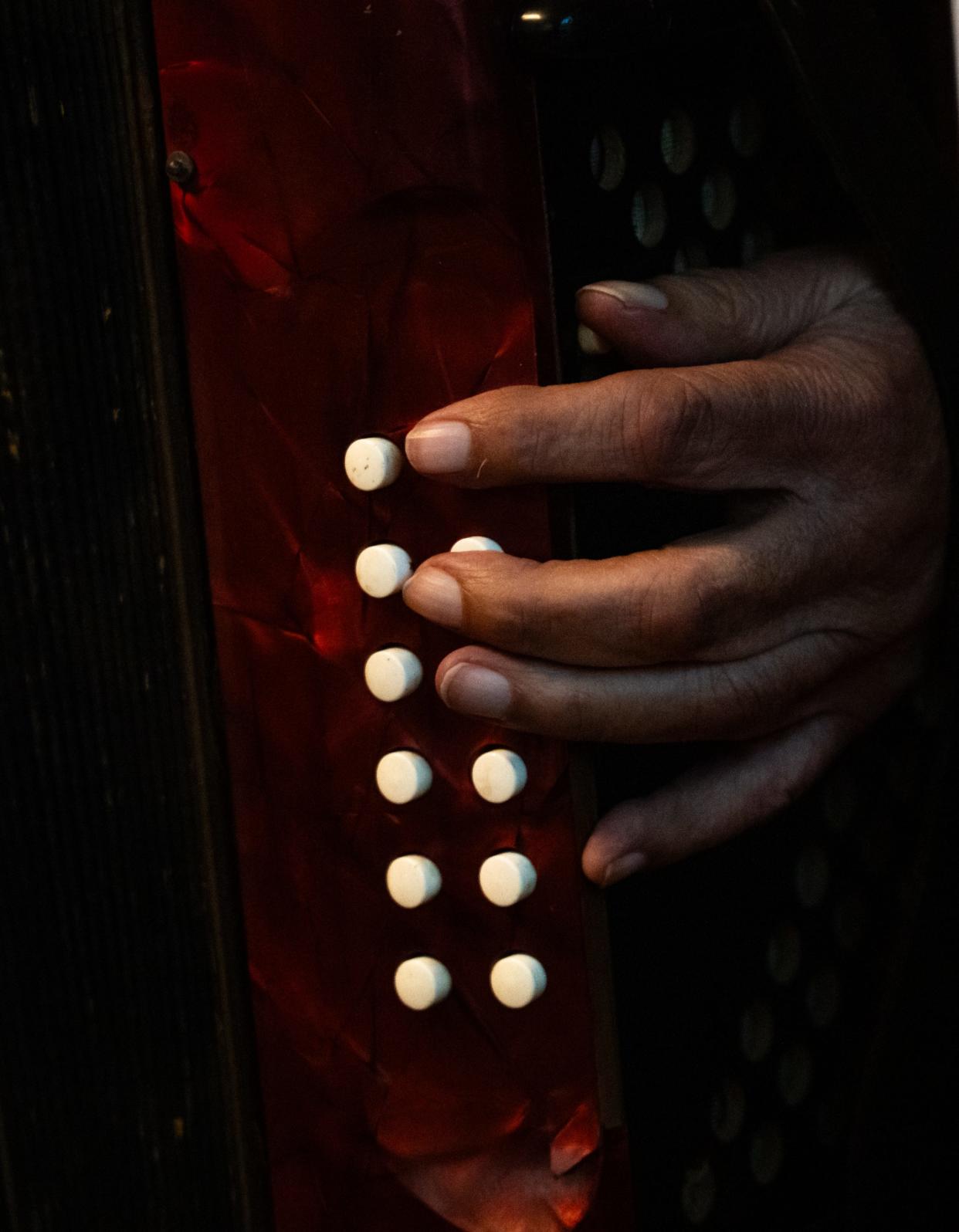
In recollection at his one-bedroom Montopolis home, he said he is proud to have lived as Cantú, his mentor and teacher, had instructed.
“He looked at me and he said, ‘I want you to do what I couldn’t,'” Degollado said.
That meant licensing his songs as Cantú and many early conjunto artists never did. And it meant finding new stages and audiences for conjunto, as Degollado did for three decades on a stage that will carry his name at Edward Rendon Sr. Park for years to come.
This article originally appeared on Austin American-Statesman: Austin conjunto legend Johnny Degollado reflects on Cinco de Mayo fest
